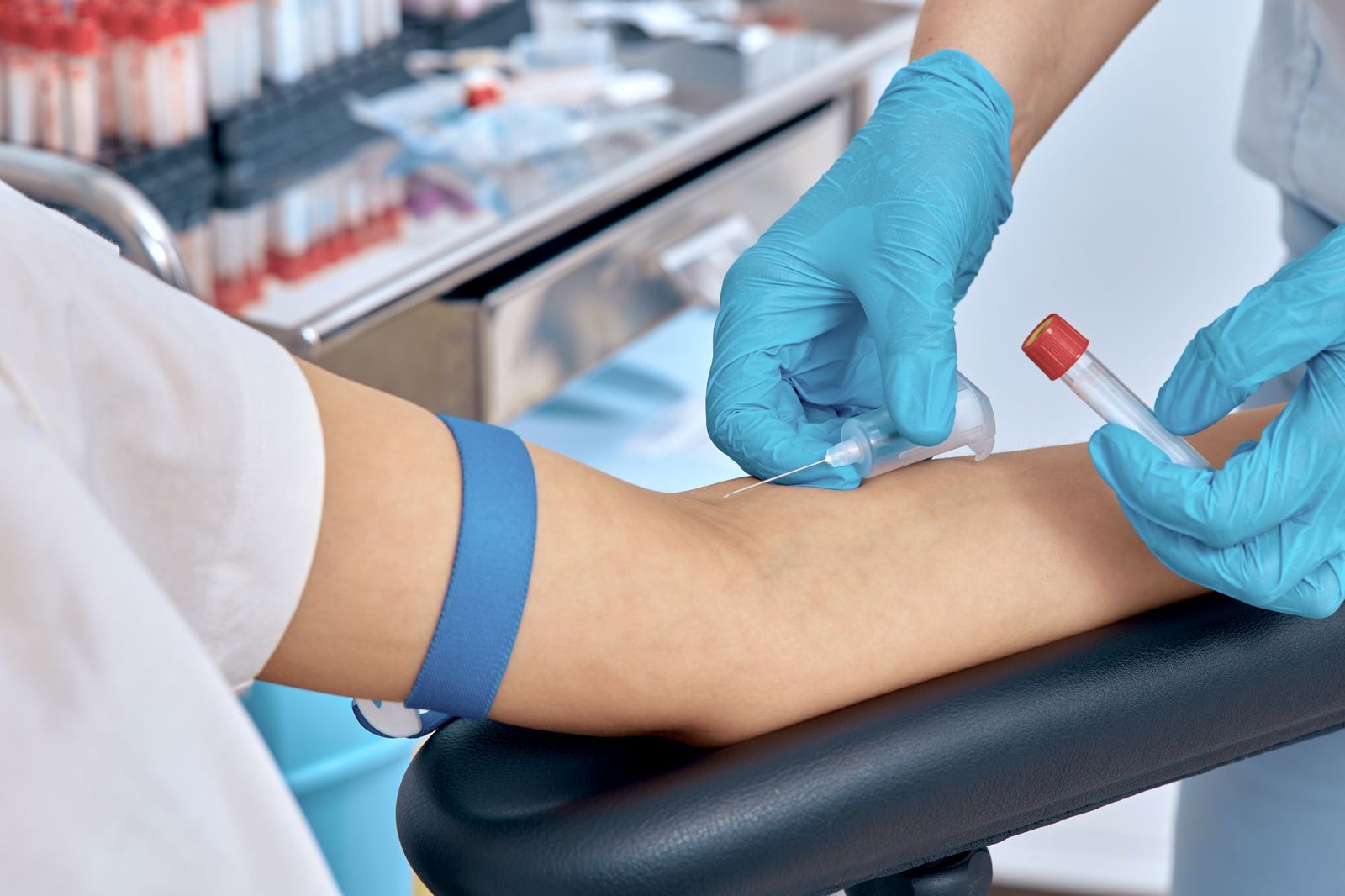
Blood Collection
Blood collection is a routine medical procedure that is generally safe when performed by trained professionals. The collected blood samples are sent to a laboratory for analysis, where they are tested for various purposes, including diagnosing medical conditions, monitoring health, and ensuring the safety of blood donations. Proper hygiene, patient identification, and labeling are critical to maintaining the integrity of the blood samples and ensuring accurate test results.
Blood collection, also known as phlebotomy, is the process of drawing blood from a patient's veins for various medical purposes, including diagnostic tests, blood donation, or medical treatments.
Preparation
Before beginning the blood collection procedure, the phlebotomist or healthcare provider gathers the necessary supplies, which may include sterile needles, vacuum tubes, tourniquets, alcohol swabs, adhesive bandages, and a collection tray.
Patient Identification
Proper patient identification is crucial to ensure that the blood sample is correctly matched to the patient. Patients are typically asked to confirm their name, date of birth, and other identifying information.
Selection of a Vein
The phlebotomist selects a suitable vein for blood collection. Common sites for venipuncture include the inner elbow (antecubital fossa), back of the hand, or wrist. The choice of site may depend on the patient's age, condition, and the specific test being performed.
Tourniquet Application
A tourniquet is applied above the chosen venipuncture site to temporarily block blood flow and make the veins more visible and accessible. It is usually removed after the blood collection is complete to restore circulation.
Skin Cleansing
The area around the selected vein is cleaned with an alcohol swab to disinfect the skin and prevent contamination of the blood sample.
Venipuncture
Using a sterile needle attached to a vacuum tube or syringe, the phlebotomist inserts the needle into the vein. Patients may feel a brief pinch or prick as the needle is inserted.
Blood Collection
Blood flows into the vacuum tube or syringe by suction. Multiple tubes may be collected if multiple tests are required. The amount of blood collected varies depending on the specific tests being conducted.
Labeling and Handling
Each blood sample tube is labeled with the patient's information, including name, date of birth, and a unique identifier. Proper labeling is crucial to ensure accurate test results. The collected blood samples are handled with care to prevent contamination or damage during transport to the laboratory.
Disposal
Used needles and other disposable materials are disposed of in a safe and appropriate manner, following medical waste disposal protocols.
Post-Collection Care
After the procedure, patients are monitored for any adverse reactions, such as dizziness or fainting. They are also advised to keep the puncture site clean and dry and to report any unusual symptoms to their healthcare provider.
